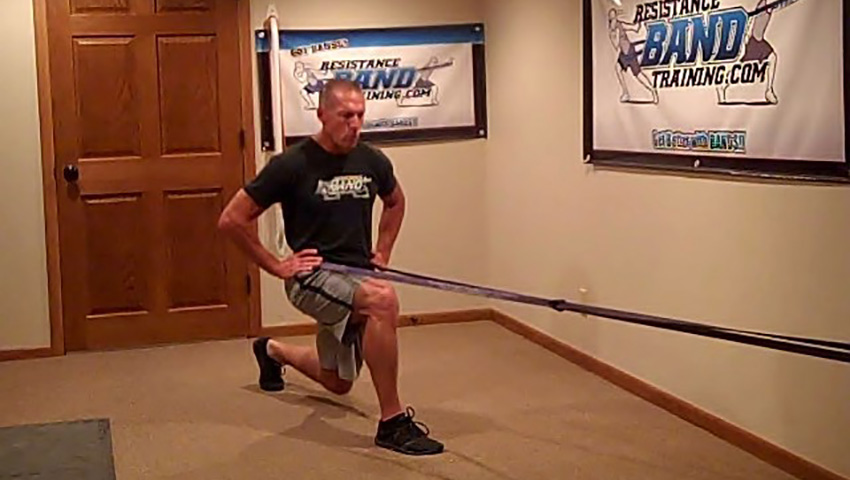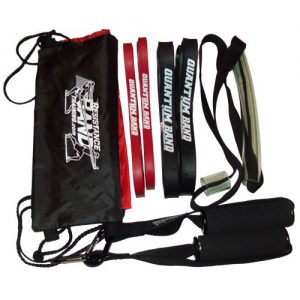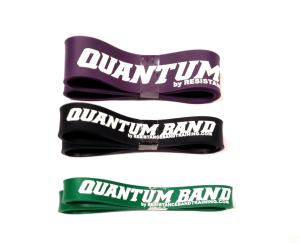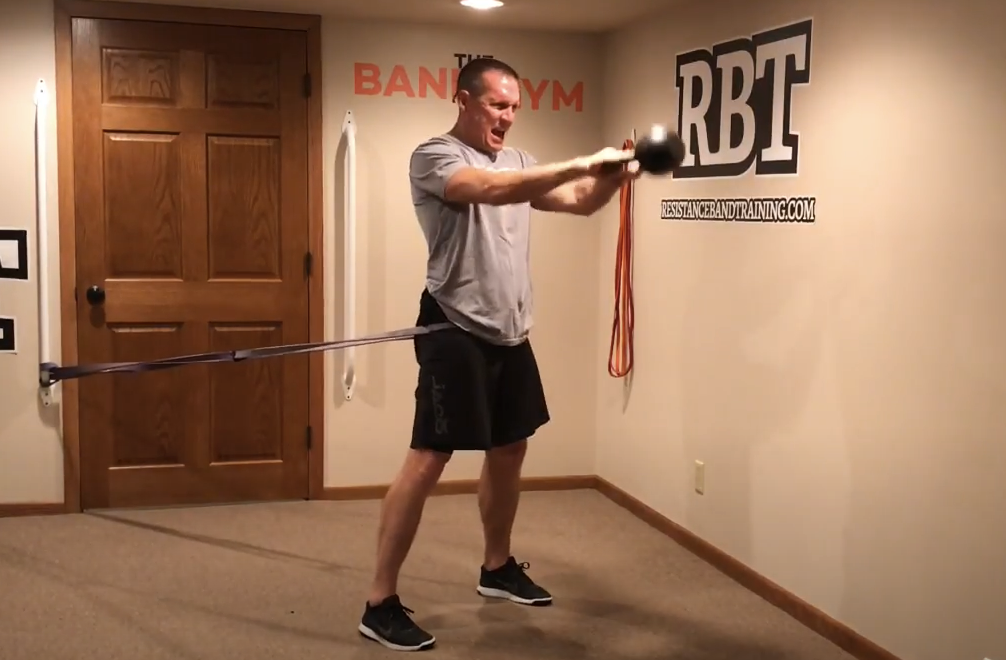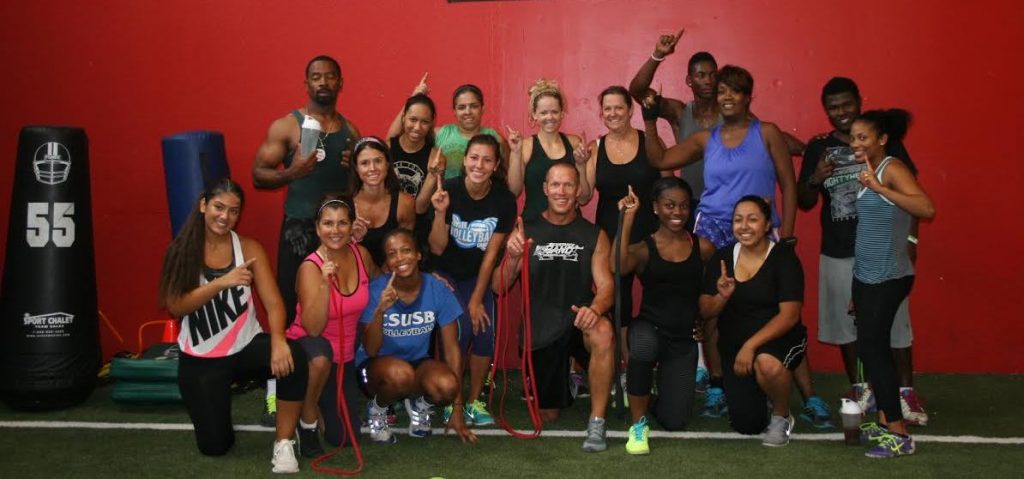What Your Butt Workout Should Include
I see a lot of workouts that are designed to train the butt muscles. Unfortunately, many of these so called “Butt Builder” or “Butt Firming” Workouts do not train the butt muscles to do what they are designed to do which is to make us function awesome on our feet.
Specifically these workouts do not go after the Gluteus Medius (GM) which is the #1 butt muscle that needs to be strengthened and developed correctly for us to look, feel and move our very best. Below are 7 reasons why your butt workout better be attacking the Gluteus Medius correctly.
7 Reasons to Attack the Gluteus Medius
1. Keeps Us Balanced on our Feet
The GM is the #1 muscle that helps us stay balanced on our feet. It does this by contracting automatically as soon as our foot hits the ground. Due to its close proximity to the body’s center of gravity and its strength potential, it is able to work with the abdominals to ensure our center of gravity stays over our base of support. In others words keeps us upright and avoiding falls.
2. Ensures Solid Knee Control
The GM is a frontal plane stabilizer of the knee. What that means is it prevents the knee from moving too far inward or outward relative to hip when our foot hits the ground. As a result, the GM is the key muscle behind preventing excessive shifting of the knee that leads to injuries to the ACL and MCL ligaments as well as the knee cartilage.
3. Keeps the Low Back Stable
When the GM is weak our body will compensate during walking by allowing our body to side bend towards the side of the foot that hits the ground. It does this to stay balanced over that foot. Unfortunately, every time the body has to excessively side-bend it causes micro-trauma to the low back that over time will lead to the low back developing joint wear and tear or inter-vertebral disc damage.
4. Keeps You Squatting
Squatting is a fundamental movement that as humans, we must be able to do well for as long as we are fortunate to be on this earth. The fact is our body will and has to squat throughout the day no matter how old we are or what we do.
The GM is a key muscle in making sure our knees, ankles and hips stay in proper alignment during squatting. When the GM is weak, it will result in our knees migrating too far inward during the lowering phase of the squat. As a result, this weakens the power and strength of the ascending phase of our squat when having to push up against gravity.
Functionally this makes it very hard for us to get out of our squat and results in having to use our upper body to assist or places tremendous stress on the ankle, knee and hip joints. The stronger our abs and GM work together the easier it is to come out of our squat.
5. Decreases Ground Contact Forces on Our Joints
As previously mentioned, the GM is immediately activated when our foot hits the ground. A weak GM will result in increased ground contact forces results in the joint surfaces of the foot, ankle, knee, hip and low back having to endure higher compression forces that overtime will lead to excessive joint surface wear and tear. A strong and well trained GM will decrease ground contact forces and lessen the joint trauma associated with walking, running or jumping.
6. Eliminates Overuse Injuries
80% of all overuse injuries suffered to the ankles, knees and hips are partially a result of GM weakness. Injuries like ITB Tendonitis, Plantar Fascitis, Hip Bursitis, or Shin Splints are often the result of a GM that is not strong enough or contracting fast enough at the correct time.
7. Improves Cosmetics of the Butt
The GM is found along the lateral side of the butt directly behind the hip bone. When well developed it creates the roundness of the butt when viewing it from behind. When weak and under-developed the GM will create a hollow appearance along the side of the butt region. However, when well developed the GM will create a well contoured, firm and rounded appearance to the entire butt region.
Best Way to Train the Gluteus Medius
The easiest and most effective way to train the GM is by simply making sure you implement Dynamic stabilizer training into your workouts on a regular weekly basis.
These exercises need to be more than simply lateral side walks or controlled squatting. They need to be done while standing, with emphasis on the ground contact foot. The GM must be trained to be reactive which requires increasing speed and making sure the foot is being asked to deal with ground contact at all times.
It is also important to train the GM by applying horizontal forces to the body while doing simple single leg weight bearing activities like reaching, split squatting or more advanced drills like lunging or hopping. Using a horizontal vector causes the GM to work against both a vertical and horizontal resistance. This is similar to what occurs when we are walking or running.
Additional Dynamic Stabilizer Exercises
What You Need to Keep Your Butt Looking, Feeling and Performing Great
Choose Your Complete Fitness Package
Don’t Forget to Include a Dynamic Stabilizer

